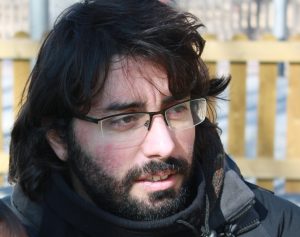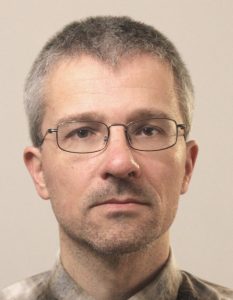 Mario Pannunzi is a post doctoral research fellow at the Unversity of Sussex. After obtaining his Ph.D. in Rome, he moved to Barcelona, where he worked until 2017 with Professor Gustavo Deco, in the Computational Neuroscience Group at the Universitat Pompeu Fabra.
Mario Pannunzi is a post doctoral research fellow at the Unversity of Sussex. After obtaining his Ph.D. in Rome, he moved to Barcelona, where he worked until 2017 with Professor Gustavo Deco, in the Computational Neuroscience Group at the Universitat Pompeu Fabra.
His approach is multidisciplinary and his research experience spans from data analysis (behavioral, neuroimaging, and neurophysiological data), experiments, and computational modeling. His main interests, until now, have been modeling human and mammals decision-making through biologically plausible neural networks, but he recently switched to a research more focused on smaller-scale systems, like bees and Drosophila.

 Alan Diamond is a post doctoral research fellow at the Unversity of Sussex. He will be joining this project in February 2016. He obtained his PhD researching the control and modelling of bio-inspired humanoid robots. More recently he has worked on several computational neuroscience projects buidling bio-inspired spiking neural models based on the insect olfactory system.
Alan Diamond is a post doctoral research fellow at the Unversity of Sussex. He will be joining this project in February 2016. He obtained his PhD researching the control and modelling of bio-inspired humanoid robots. More recently he has worked on several computational neuroscience projects buidling bio-inspired spiking neural models based on the insect olfactory system.